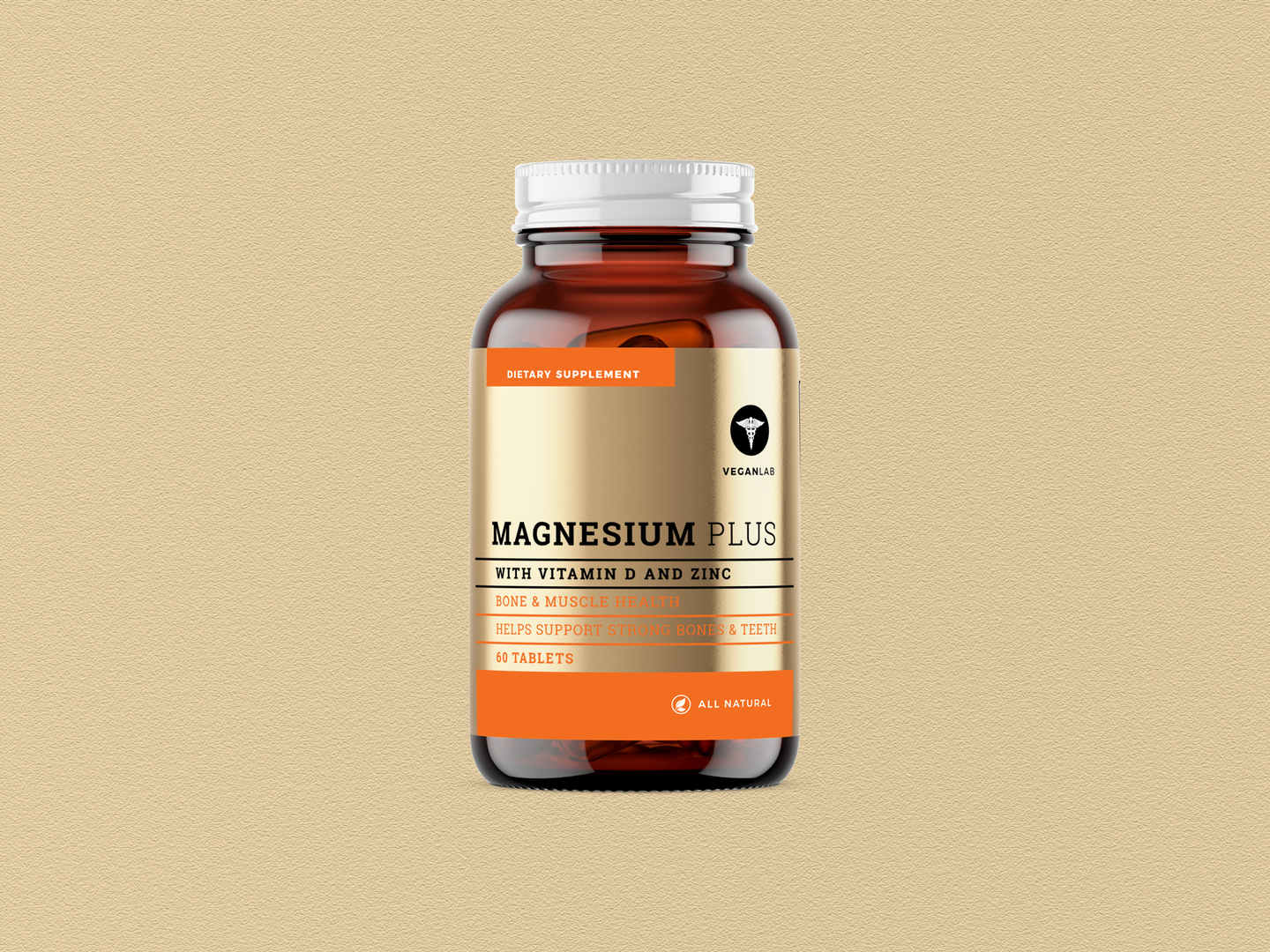Why Bother With Lamination For Label Printing?
By Ian Renton | Label Material Types, Label Stocks, Lamination For Label Printing | 19 Dec 2016 |
Why Bother With Lamination For Label Printing?
Ian Renton | 19/12/2016 | Label Material Types,Label Stocks,Lamination For Label Printing
Lamination is a clear film or protective layer that goes over the top of the printed item. The transparent film actually makes the printed item thicker so it makes it more rigid and increases the life of the printed materials. Importantly, the actually colours and the detail in the printing are also protected.
We are actually exposed to lamination quite often in our daily lives but we rarely notice it. Sometimes the lamination is obvious. Occasionally, the clear film will actually extend beyond the border of the printing. An example might be an award or certificate of some kind with a clear overlay. I also remember hitting a century in cricket many years ago and my team mates were kind enough to laminate the scorecard for me. If you were to open your wallet or purse, it is likely to contain several items that are laminated. These include your Driver's License, various credit cards and your Opal card if you are a user of the public transport system in New South Wales.
Without lamination, these items would not last very long. The printing would get dirty and eventually these items would have to be replaced or discarded. We don't notice lamination on credit cards because all credit cards are laminated. What you can notice is actually a lack of lamination.
The best example is business cards. As a printer of business cards, we recommend to our clients to add a laminate, normally a gloss overlay to increase the durability of the business cards. Those that aren't laminated are typically thinner and easily torn and also get dirty much more easily. These lower quality business cards tend to get noticed for the lack of thickness and strength.
The Case For Lamination For Label Printing
When it comes to lamination for label printing, it stands to reason that if the labels are to be used for any length of time, then they should be laminated. These include cosmetic labels where lamination can be used very effectively. Most cosmetic products last several days or more likely, weeks or months or even years so they should be protected with the clear film which is called lamination. This transparent film often in combination with a synthetic label stock adds protection to the actual printing on the label. The synthetic stock makes it difficult for moisture or the actual liquid or other cosmetic product to seep underneath the label.
There are restrictions in using lamination for label printing. For example, bumper stickers and other labels for outdoor used require something stronger still, usually a vinyl label. Labels are used for many purposes and as such the price of labels varies depending in part on the actual label material types used for your label.
The actual laminate itself is not very expensive. It is the application of the laminate that is expensive since not all label machines cater for lamination. For examples, labels on A4 sheets do not have the opportunity to add any protective overlay as this lamination for label printing comes in rolls so a roll fed machine is required. What you actually pay for is the use of the machine to add the laminate to the label.
When it comes to assessing whether or not you should use this clear film called laminate to protect your labels, it depends on the purpose for the labels. In many cases, it is worth paying more to ensure your label remains protected from the actual product inside your tube, bottle or other container and other outside elements such as water or even temperature changes.
Recent
-
Top Trends in Wine Label Design for 2025
13 Feb 2025 -
Rentons Anti-Spike Drink Covers vs. Other Alcohol Promotional Merchandise
13 Jan 2025 -
The Benefits of Using Rentons’ Premium Wine Labels for Your Brand
18 Dec 2024 -
How You Can Achieves Affordable Luxury with Multi-Coloured Foil?
6 Dec 2024 -
Enhancing Safety and Brand Visibility with Drink Covers
2 Dec 2024 -
Drink Covers: Proactive Solution to Drink Spiking Crisis
5 Jun 2024 -
Premium vs. Traditional Wine Labels: Comprehensive Comparison
10 Jan 2024 -
Rentons Labels: Luxurious, Cost-Effective Wine Labeling
30 Nov 2023 -
Waterproof Labels - Do you need them for your products? | Rentons Labels
3 Apr 2023 -
Custom labels with typography that wows
20 Mar 2023
Categories
- Bakery Labels
- Barcodes
- Blog
- Bottle Labels
- Candle Labels
- Charity Labels
- Chocolate Labels
- Christmas Labels
- Clear Labels
- Colours for Labels
- Cosmetic Labels
- Digital Label Printing
- Egg Labels
- Essential Oil Labels
- Event Labels
- Food Labels
- Freezer Labels
- General
- Hand Sanitiser Label
- Honey Labels
- Jam Labels
- Jar Labels
- Label Design Tips
- Label Material Types
- Label Printing - General Knowledge
- Label Printing - Miscellaneous
- Label Printing Processes
- Label Stocks
- Labelling Laws
- Lamination For Label Printing
- Machinery for Label Printing
- Marketing Labels
- Marketing Your Food Products
- Microwave Labels
- Olive Oil Labels
- Packaging Labels
- Prices of Printed Labels
- Product Labels
- Trends in Label Printing
- Uncategorized
- Valentine's Day Labels
- Vinyl Labels
- Warning Labels
- Wedding Labels
- Wine Labels
Rentons Labels is a Sydney based Label printing company who offer custom label printing solutions. They specialise in packaging labels, wine labels, and beverage labels and produce all their labels in Australia.
Suite 1, Unit 3, 2 Burrows Road South
St Peters NSW 2044 Australia
Phone: (02) 9160 4511
Email: info@rentonslabels.com.au
Our Solutions
Helpful Links










